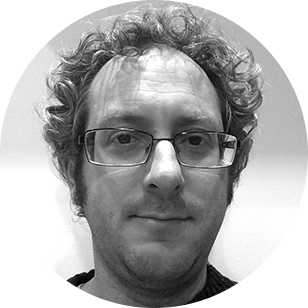How close are we to herd immunity?
Here's where antibody tests suggest we are — and how far we have to go
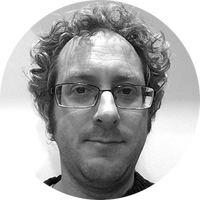

As the first American states begin to experiment with reopening parts of their economy, many (perhaps most) Americans are worried that we're moving too fast. Of the six indicators that California Gov. Gavin Newsom identified as crucial for reopening — a massive expansion of testing, protections for high-risk groups, adequate space and supplies for hospitals and patients, new therapeutics, the ability of schools and businesses to support social distancing, and clear metrics to determine whether restrictions need to be reinstated — few if any are already in place in any state.
If we open the economy prematurely, there's a very real risk of a surge of new infections that puts us right back where we were a month ago. But if we wait until everything we want is in place, we might not be able to open up until the fall, or even later, which is not an economically- or socially-viable time frame. We appear to be between a rock and a hard place.
Or maybe not. Early on in the pandemic, a number of critics questioned whether COVID-19 posed a sufficiently serious threat to the general population to warrant massive lockdowns. While the huge surge in fatalities over the past month largely discredited their views, they are now getting a second look, based on the possibility that the large number of deaths reflected not high mortality but very rapid spread of the virus itself. That's the promise held out by recent studies of antibodies tests out of Santa Clara and Los Angeles — tests that show who has ever been infected, not just those who are infected currently — that suggest that the virus has already infected 40-50 times the number of people that have tested positive for current infection, implying that the mortality rate isn't much higher than the seasonal flu. It's bolstered as well by the results of tests of the crew of the U.S.S. Roosevelt that revealed a majority of those infected were asymptomatic.
The Week
Escape your echo chamber. Get the facts behind the news, plus analysis from multiple perspectives.

Sign up for The Week's Free Newsletters
From our morning news briefing to a weekly Good News Newsletter, get the best of The Week delivered directly to your inbox.
From our morning news briefing to a weekly Good News Newsletter, get the best of The Week delivered directly to your inbox.
If the virus is highly contagious, but not nearly as deadly as originally feared, then perhaps we've already gone through the worst. Perhaps enough of us have already had the virus — unwittingly, because we never developed serious symptoms — that the hardest-hit areas are approaching the vaunted "herd immunity," and can safely go back to business as usual. Meanwhile, the less-hard-hit areas can take a more relaxed approach to limiting the virus' spread than they have been led to believe.
Unfortunately, a cursory look at the hardest-hit areas reveals that the rosiest view is essentially impossible. Take my home, New York City. Over 10,000 people have already died from COVID-19 in NYC, about 0.12 percent of the city's population. If the virus had a mortality rate comparable to the seasonal flu, that death rate would imply that every person in New York has already been infected. If the real rate of infection is between 10 percent and 30 percent — a much more realistic range — then the infection fatality rate is somewhere between 0.4 percent and 1.2 percent.
How could the serology studies, like the ones conducted in Los Angeles and Santa Clara, be so far off? There are multiple possibilities. The sample of the population may not have been representative, and even a small skew toward people who thought they might have been infected could have radically skewed the result. The blood tests may have also generated a large number of false-positives, particularly if they used the kinds of unapproved tests that have flooded the market.
But even the best-designed study using the most specific antibodies tests would likely give an unreliable result if the penetration of the virus in a population is relatively low, because even a highly specific test will generate some false positives. If we want to get a better picture of how deadly the virus really is, we don't want to study populations that have been largely unscathed — like Santa Clara — but rather populations that we already know have been hit hard. Like my hometown. Whether the true penetration of the virus in New York is 10 percent or 30 percent, the rate should be high enough to swamp any false positives (at least for a decently specific test). But the difference between the high and low end of that range is large enough to have significant implications for when and how we can think about opening up the economy.
A free daily email with the biggest news stories of the day – and the best features from TheWeek.com
Indeed, because the risks from the virus are not distributed evenly among the population, we shouldn't be trying to get a single fatality rate at all. We already know that the elderly are a highly vulnerable population — and we think we know how their mortality compares to those of younger cohorts. But we won't really know until we know how widely the virus has spread through both age groups; if asymptomatic cases are more common among the young, for example, then we may still be overestimating the risks the virus poses to them directly. We need to be doing enough antibodies tests to do the same by race and by sex, to determine whether African Americans and men of all races are more likely to die of COVID-19 because of biological factors that make the virus more deadly (such as different rates of hypertension or differences in immune system function) or because of sociological factors that make them more likely to catch the virus (such as being more likely to still be working outside the home).
And we need to be doing serological testing by occupation — not so we can hand out "immunity passports" (which are likely a long way off, if they ever become plausible), but to properly assess risk in the first place. How widespread is the virus among transit workers? Among health-care workers? Among grocery clerks?Among agricultural and food-processing workers? Looking at elevated death rates tells us half the picture; the other half is knowing the degree to which that elevated death rate is due to the virus having already infected far more people in these jobs than among the general population, as opposed to conditions of the job (such as exposure to a higher viral load) that might make the virus more deadly.
The virus is already everywhere — but it isn't everywhere to the same degree. If we don't want Atlanta or Los Angeles to become like New York, we need to understand both why New York got hit so hard and whether New York has itself already been through the worst. And if we fail to prevent a quick resurgence and new hotspots emerge, we want to know what the likely human cost of failure is going to be.
Instead of arguing about whether the latest study "proves" that the virus "isn't that bad," we should be hungry for more data — and spending whatever it takes to get it.
Want more essential commentary and analysis like this delivered straight to your inbox? Sign up for The Week's "Today's best articles" newsletter here.
Noah Millman is a screenwriter and filmmaker, a political columnist and a critic. From 2012 through 2017 he was a senior editor and featured blogger at The American Conservative. His work has also appeared in The New York Times Book Review, Politico, USA Today, The New Republic, The Weekly Standard, Foreign Policy, Modern Age, First Things, and the Jewish Review of Books, among other publications. Noah lives in Brooklyn with his wife and son.
-
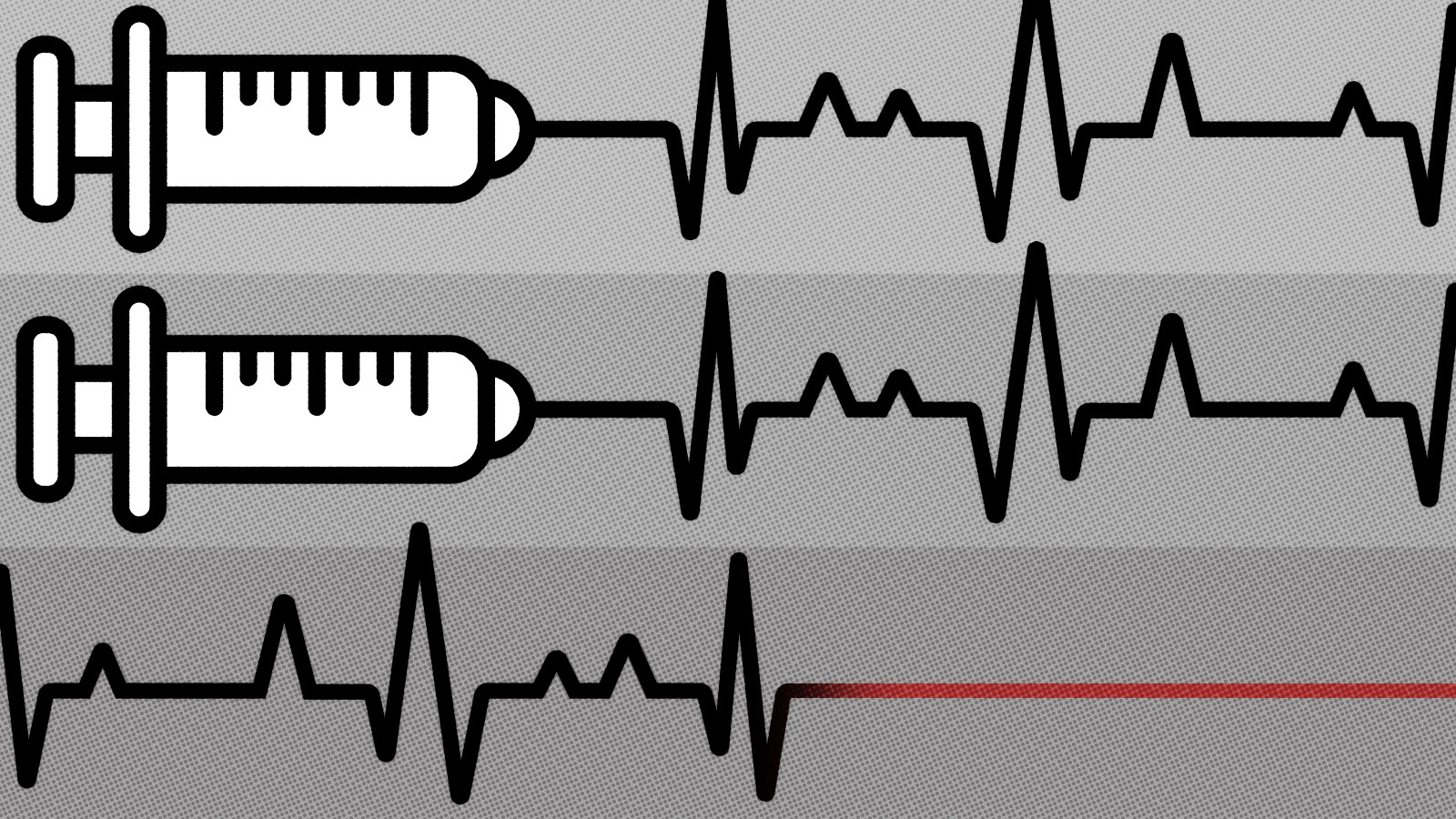 Do unvaccinated COVID patients deserve scarce care? A doctor weighs in.
Do unvaccinated COVID patients deserve scarce care? A doctor weighs in.The Explainer Justice, judgment, and the last ICU bed
-
 How to vaccinate the anti-vaxxers
How to vaccinate the anti-vaxxersThe Explainer Instead of blaming people for not doing the right thing, let's focus on eliminating the obstacles to vaccination that still remain
-
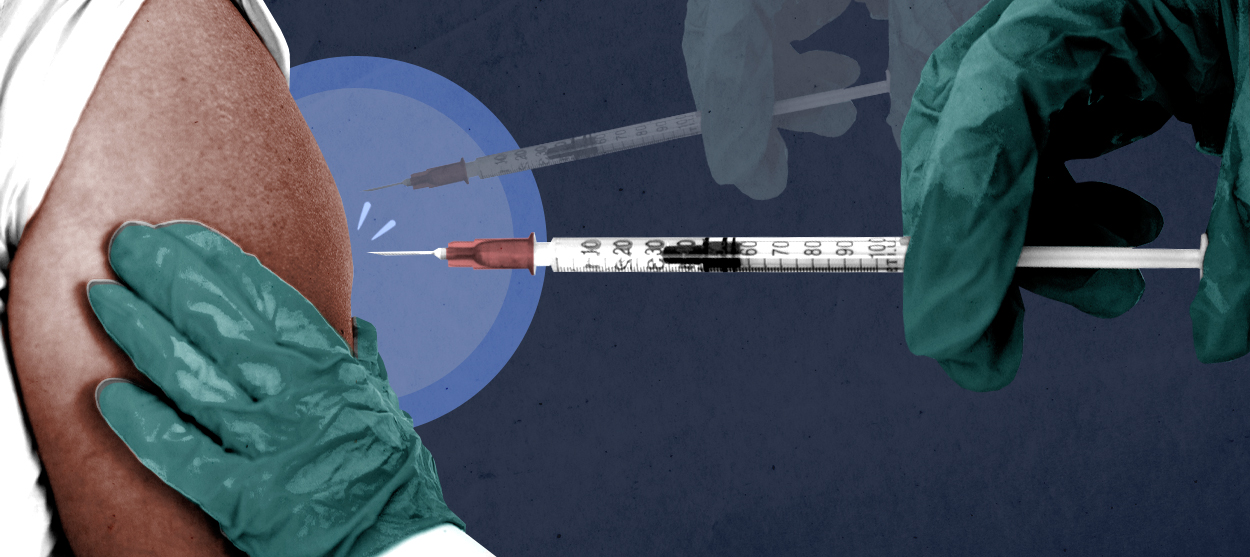 The U.S. could double its COVID-19 vaccine availability overnight. What's the holdup?
The U.S. could double its COVID-19 vaccine availability overnight. What's the holdup?The Explainer How the FDA could approve a more efficient vaccine rollout
-
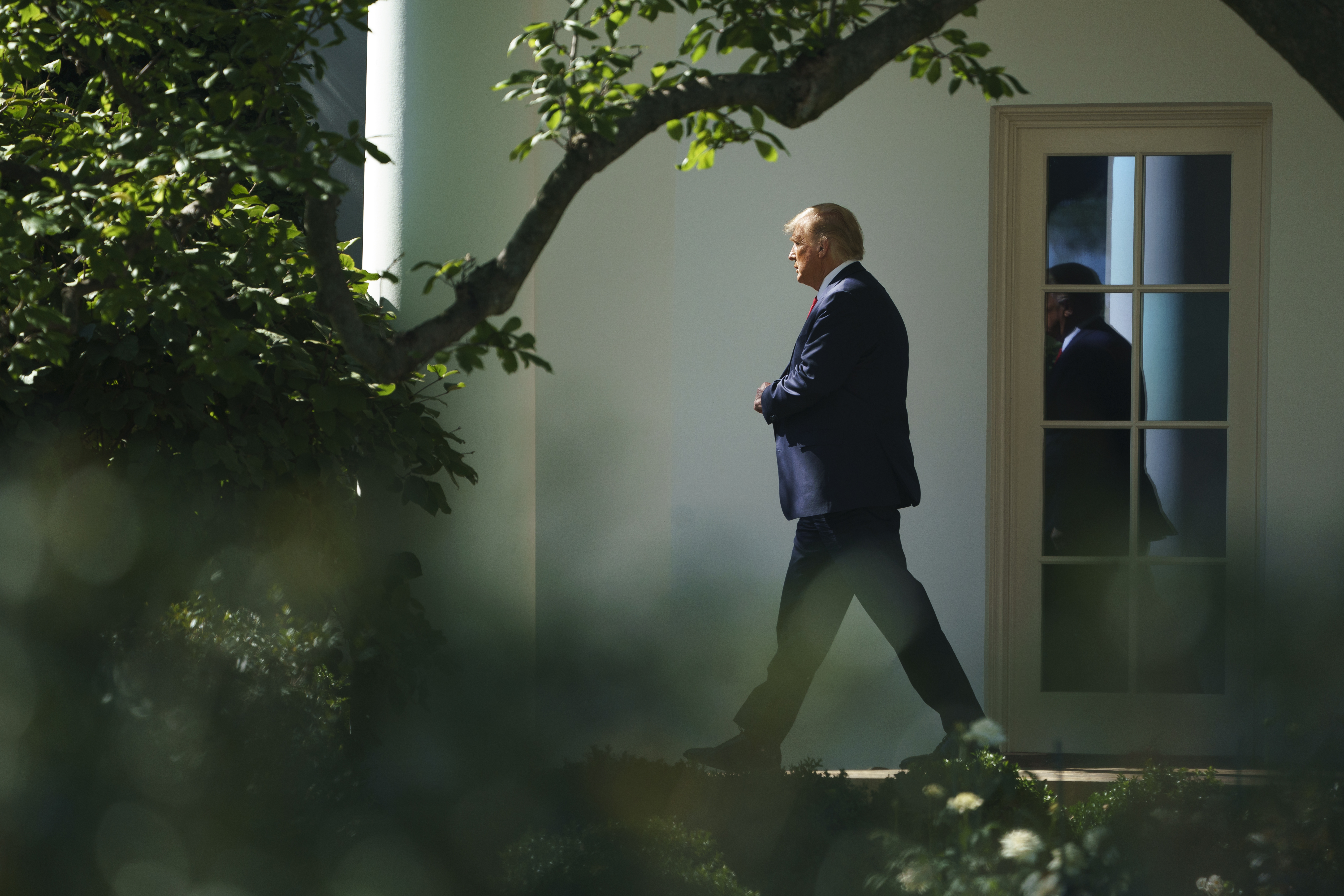 The October Surprise nobody wanted
The October Surprise nobody wantedThe Explainer Trump has COVID-19. Really, 2020?
-
 Life is worth living
Life is worth livingThe Explainer What's driving America's rising suicide rate?
-
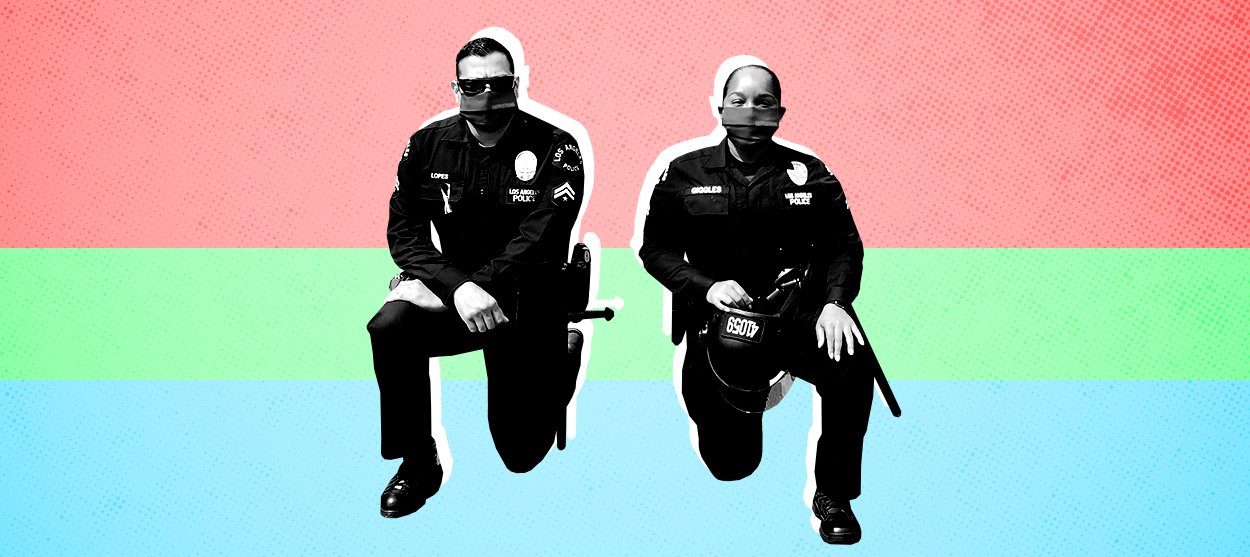 Social workers are masters at de-escalation. Here's what the police can learn from them.
Social workers are masters at de-escalation. Here's what the police can learn from them.The Explainer Knowing how to peacefully resolve conflict, rather than exacerbate it, can save lives
-
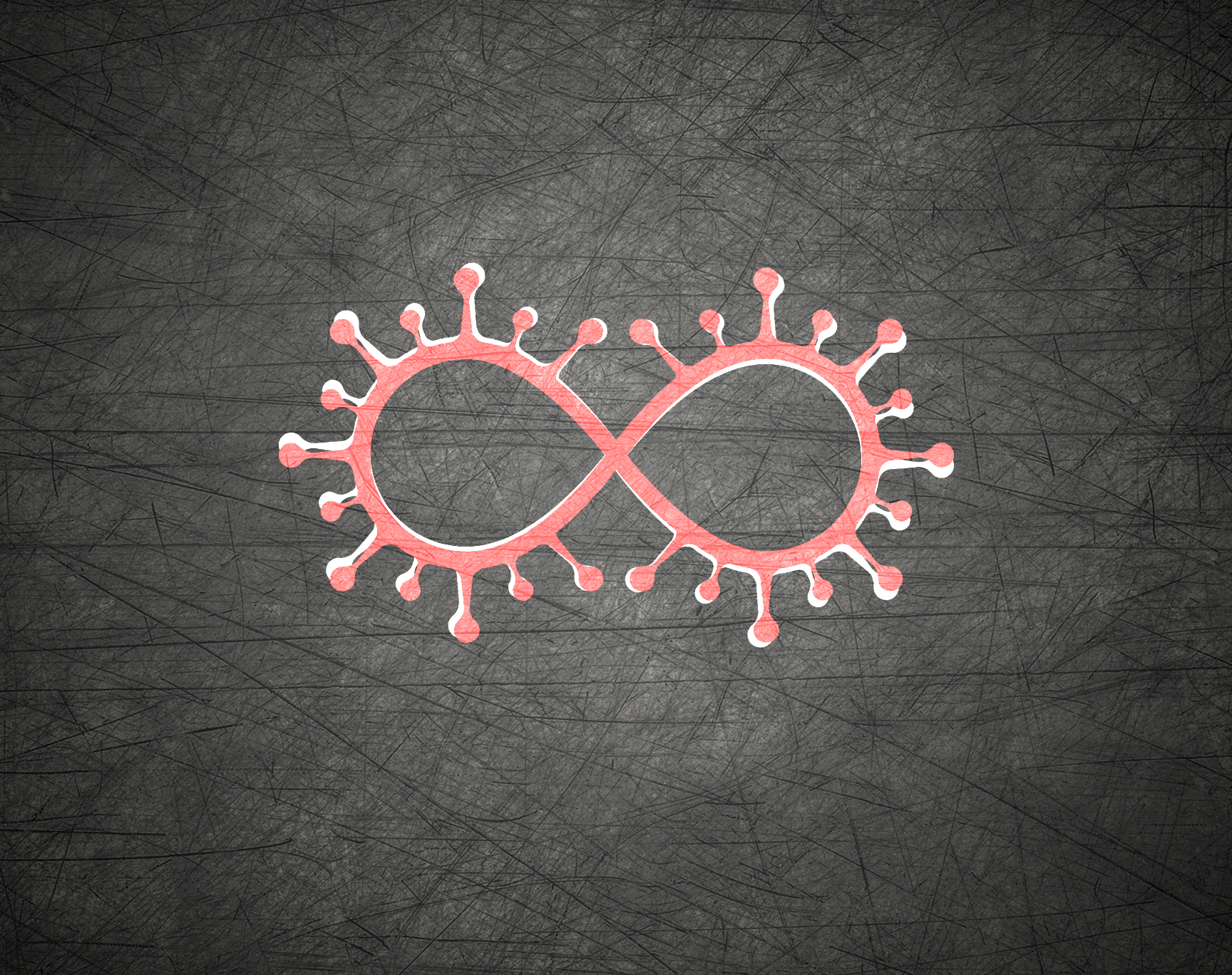 Settling in for the long pandemic
Settling in for the long pandemicThe Explainer Life won't be back to "normal" anytime soon
-
 Sports reveal how much America is trailing the rest of the world
Sports reveal how much America is trailing the rest of the worldThe Explainer MLS and other American leagues are stumbling through their pandemic restart plans
